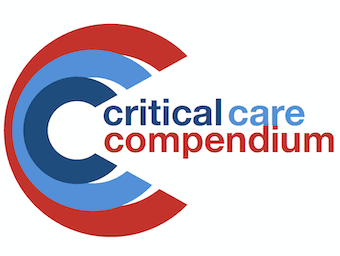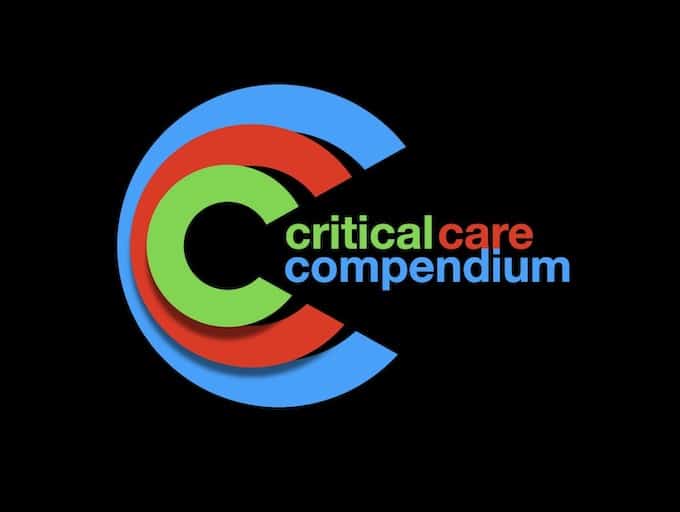
Medical Reversal
Medical reversal is the phenomenon of a new superior trial arising that contradicts current clinical practice. Many claims that specific treatments have a benefit have turned out not to be true.
The LITFL Critical Care Compendium is a comprehensive collection of pages concisely covering the core topics and controversies of critical care.

Medical reversal is the phenomenon of a new superior trial arising that contradicts current clinical practice. Many claims that specific treatments have a benefit have turned out not to be true.

Pediatric Anaphylaxis overview

Critical illness is associated with a spectrum of neurological failure (largely under-reported), including polyneuropathy, encephalopathy and long-term cognitive impairment after critical illness (LTCI-CI)

Septic encephalopathy is brain dysfunction mediated by the septic inflammatory response, independent of other co-existent causes such as liver or renal dysfunction

Urinary anion gap (UAG): Differentiate renal or GIT cause of HYPERchloraemic metabolic disorders; or Normal anion gap metabolic acidosis (NAGMA)

Intensive Care Network and Dr Hergen Buescher present 3 videos on 'owning the ECMO'!

Transjugular Intrahepatic Portosystemic Shunt Procedure (TIPS) involves accessing the internal jugular vein and IVC to place a stent between the hepatic and portal veins using a needle

Updated 2nd July 2024 OVERVIEW TOXICODYNAMICS TOXICOKINETICS RISK ASSESSMENT Onset Propanolol Patient factors General clinical features Propanolol (“sodium channel blocker masquerading as a beta blocker”) Sotalol MANAGEMENT Resuscitation Supportive care and monitoring Investigations Decontamination Enhance elimination Antidotes Disposition CONTROVERSIES References…

Carbon monoxide (CO) is a colourless, odourless gas produced by incomplete combustion of carbonaceous material. CO poisoning may be acute or chronic

Adrenaline (epinephrine); catecholamine; direct acting sympatheomimetic -> alpha & beta agonist; low doses -> beta-effects -> increase HR and Q; higher doses -> alpha-effects; maintains coronary & cerebral blood flow

Ideal Transport Monitor: most important monitor is clinical observation but parts of the clinical assessment (ie. auscultation) can be impossible.

The GCS is a neurological scoring system used to assess conscious level after head injury
Teasdale and Jennet invented the GCS in 1974